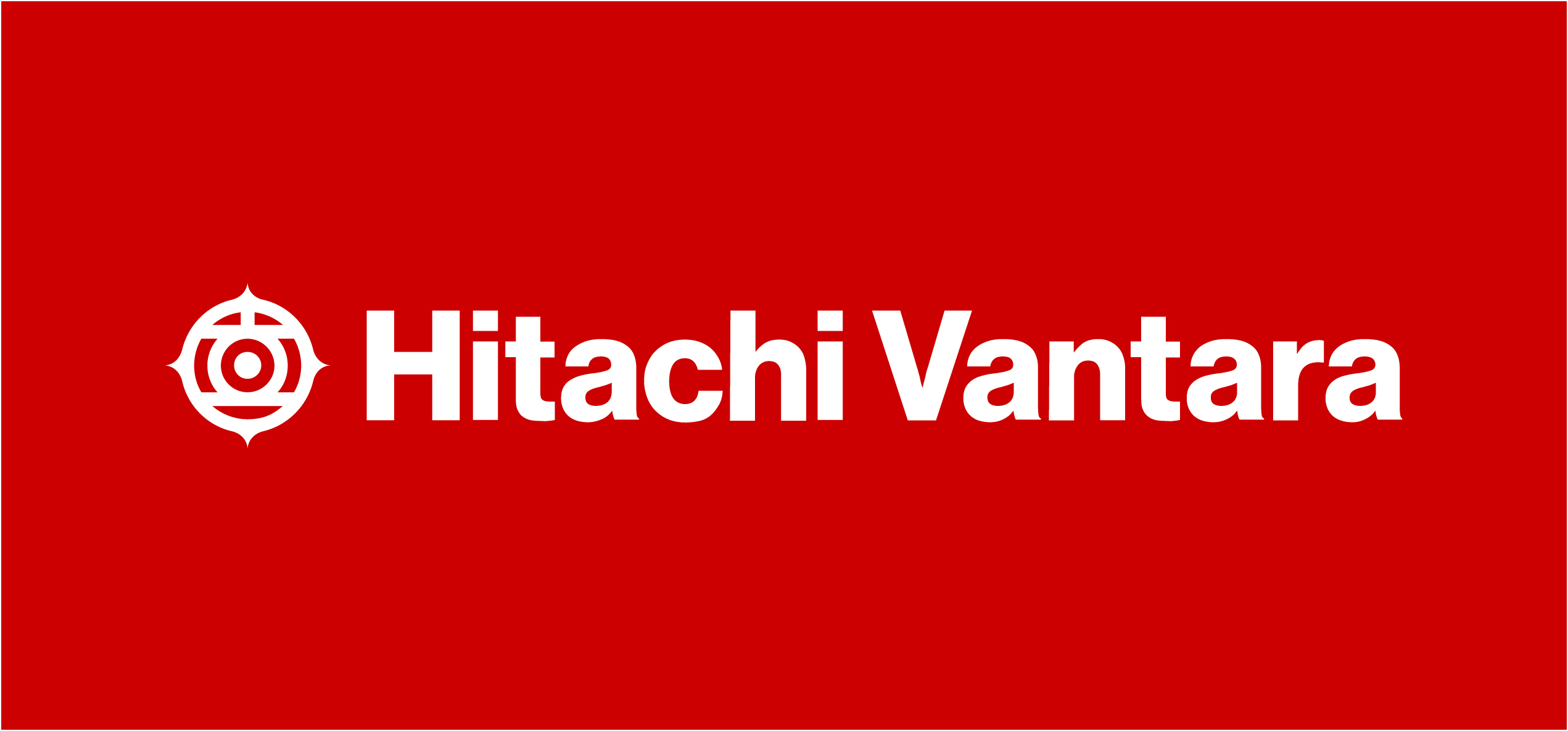Companies need to modernize their approach to data protection. There’s really very little choice, given that IDC predicts businesses will generate 175 zettabytes of data by 2025 – and 75% of that data will get created and processed outside a traditional, centralized data center. Simple storage and retrieval won’t cut it anymore.
Couple the ever-expanding data requirements of businesses with the realities of today’s cyber threat landscape and smart CIOs and CISOs have grown to realize that they need to change their approach.
Those paying attention know that ransomware has some real costs. Cybersecurity Ventures estimates that ransomware costs will hit $42 billion this year and jump to $265 billion by 2031. And with the Securities and Exchange Commission charging former SolarWinds CISO Timothy Brown for fraud, companies can no longer pretend that they can skate by and not be held accountable in the event of a cyberattack.
Businesses know that they have to make some changes, but what does that comprehensive solution look like? One that can be effective in today’s hybrid cloud environments that’s confronted by daily cyberattacks.
“Companies have to get away from a reactive mode to something that’s much more proactive,” says Jeff Lundberg, principal product marketing manager at Hitachi Vantara in this recent webinar. “That’s how companies can become operationally resilient in this brave new world of cyberattacks.”
Lundberg explains that much of Hitachi Vantara’s new approach combines the data protection and storage Hitachi Vantara has always done with the cyber readiness model outlined in the NIST 2.0 Cybersecurity Framework.
While Hitachi Vantara has always offered immutable infrastructure via its main storage products, Lundberg says a more proactive mode starts with backup and recovery, then integration with industry and workload applications, for example: the ability to capture audio data from a call center or cull health data from a healthcare management system.
From there, Lundberg say companies also need a solution that offers forensics and recovery in record time and penetration testing at scale. Not just recovery at scale, but creating digital twins to run tests that act as lightweight clones of production environments with no impact to day-to-day operations. Finally, Hitachi Vantara’s new approach offers anomaly detection and malware scanning, a capability that can detect attacks as soon as possible and isolate those systems so the attacks can’t propagate.
Terry Louis, global senior manager for tech alliances at Hitachi Vantara, adds that their customers want consulting services so that they can better understand what their issues are and what their weaknesses are – what they have to fix in their environments.
“Our goal is to take this proactive approach that’s practiced and then predictable," he says. "It’s what customers are looking for: ‘I know I have a plan. I’ve practiced it. And it’s predictable.’”
Image Credit: Getty Images

